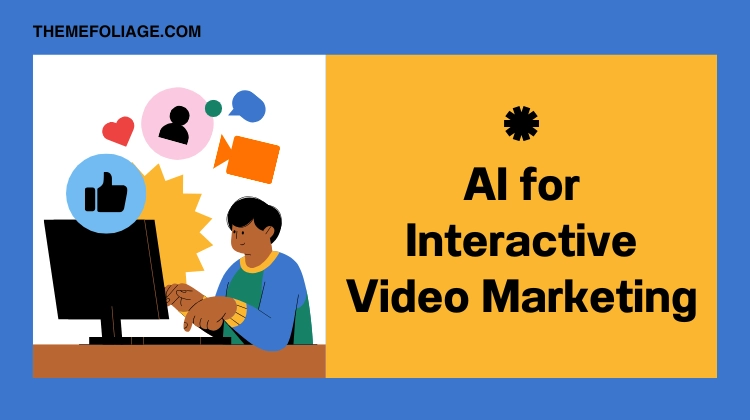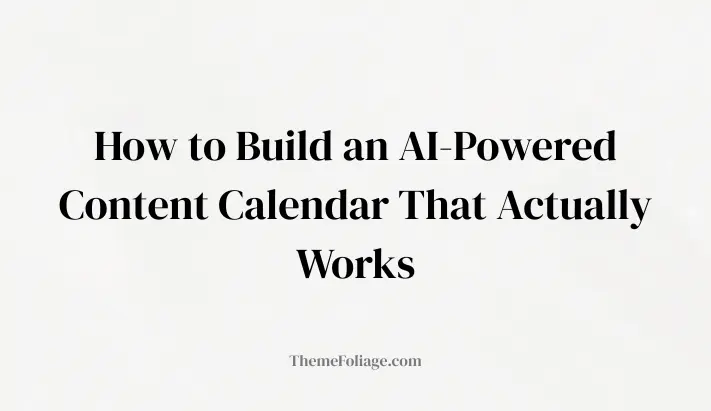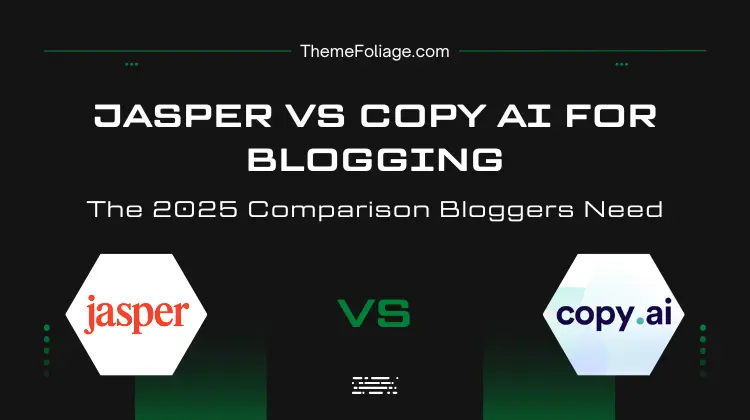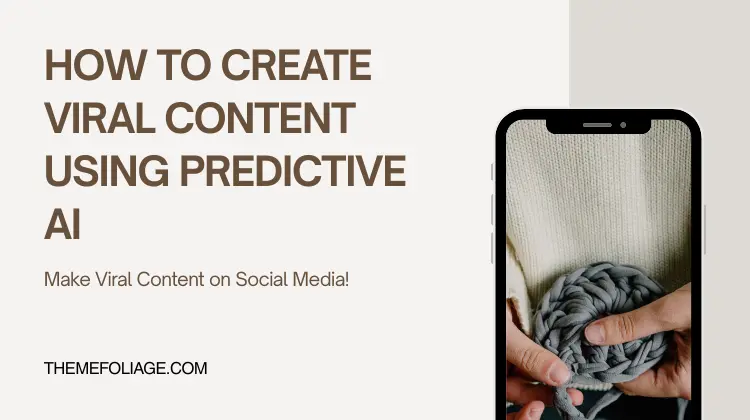Video is the dominant content format, but passive viewing alone no longer guarantees results. Interactive video clickable hotspots, branching narratives, shoppable overlays and in‑video forms turns viewers into participants and dramatically increases engagement, dwell time and conversion.
In 2025, AI makes interactive video scalable: it automates storyboard creation, generates personalised branches, optimises call‑to‑action placement, localises content at scale and measures real incremental lift across markets.
This guide explains what interactive video marketing looks like with AI, high-impact use cases for international brands, recommended tool categories (note: prices may change), an implementation workflow you can roll out this quarter, and measurement best practices to prove ROI.
Why Interactive Video With AI Works
- Increased engagement: Interactive elements keep viewers active rather than passive, often doubling watch time and CTR.
- Stronger intent signals: Clicks on hotspots, choices in branches and form submissions supply high‑quality intent data for retargeting and scoring.
- Personalisation at scale: AI personalises video paths and overlays to user attributes, referral source or past behaviour, producing one-to-one experiences.
- Shoppable paths: Integrated commerce inside video removes friction between inspiration and purchase.
- Fast localisation: AI automates translation, voiceover and culturally relevant edits so the same creative scales across regions.
Interactive video changes KPIs from view counts to meaningful actions—clicks, leads, micro‑conversions and purchases.
Core AI Capabilities That Enable Interactive Video
- Automated script and branch generation: AI converts a single brief into multiple branch options and dialogue variants for A/B testing.
- Persona-driven personalisation: Models select scenes, CTAs and product bundles based on user profile and predicted intent.
- Dynamic overlays and shoppable hotspots: AI places contextually relevant product labels, prices and buy buttons in real time.
- Auto captioning, dubbing and localisation: Neural audio and translation engines produce native‑language voiceovers and culturally tuned copy.
- Interaction optimisation: Reinforcement learning shifts hotspots, timing and content flow to maximise conversions.
- Analytics and causal measurement: AI attributes micro‑conversions to video paths and recommends next‑best actions for remarketing.
These capabilities let teams move from handcrafted, one‑off interactive pieces to continuously optimised video experiences.
High‑Impact Use Cases for International Audiences
- Shoppable product demos: Fashion and retail brands let viewers click garments in video to open product pages or complete checkout without leaving the player.
- Branching educational journeys: B2B training videos adapt content depth based on user choices, producing tailored follow‑ups and lead scores.
- Interactive tutorials and onboarding: SaaS onboarding videos offer decision points that branch to targeted help articles or demo scheduling.
- Localised campaign variants: One master video with AI-driven overlays and voice dubs shows regionally relevant offers and imagery to each market.
- Choose‑your‑adventure ad funnels: Short, branching social ads guide viewers down paths that end in a sign‑up, demo or purchase tailored to their answers.
- Micro‑surveys and lead capture: Embedded forms gather qualification info mid‑video, reducing friction and increasing completion rates.
Interactive video works especially well for cross‑border campaigns because AI handles localisation and personalisation, keeping costs manageable.
Recommended Tool Categories and Examples (prices may change)
- Script / branch generation: AI video script tools and generative video platforms.
- Interactive player platforms: Players that support hotspots, branching and in‑video forms.
- Shoppable overlays & commerce integration: Video commerce layers that connect to catalogues and carts.
- Auto‑localisation: Neural dubbing, captioning, and cultural adaptation services.
- Analytics & optimisation: Platforms that measure micro‑conversions, run bandit optimisation and provide causal lift testing.
- CDP / event stream: Centralise interaction events for retargeting and scoring.
Select vendors that offer APIs and Web SDKs for seamless integration into your global martech stack; verify current pricing and quotas before onboarding.
Implementation Roadmap (fast, measurable rollout)
- Select a high‑impact pilot
Choose a campaign with clear conversion value: product launch, onboarding flow or high‑value lead magnet. - Produce a master asset and define branch points
Create a base video and map 3–5 interaction moments where viewers choose or click; design outcomes that feed your funnel. - Wire interaction events into your stack
Ensure every hotspot click, branch choice and form submission streams to your CDP and attribution system. - Apply AI for personalisation and localisation
Use AI to generate branch variants, local voiceovers and context‑aware overlays based on user segment or referral. - Run multivariate and bandit testing
Use online optimisation to allocate traffic to best‑performing branches while exploring new variants. - Measure incremental lift with holdouts
Reserve a control group that sees a passive video to measure true incremental impact on CTR, lead rate and purchases. - Optimise and scale across channels
Turn winning paths into paid social creatives, embed in landing pages and integrate into email sequences for follow‑up. - Automate continuous improvement
Feed outcomes back into AI models so future creative and interaction placement improves automatically.
Measurement and KPI Framework
- Micro‑conversion rate: hotspot clicks, in‑video form submits, CTA clicks.
- Watch time uplift vs passive video.
- Conversion rate to target action (purchase, demo, sign‑up).
- Revenue per viewer and AOV for shoppable videos.
- Incremental lift measured via holdout experiments.
- Retargeting lift: how interactive engagement improves downstream paid conversion.
- Local performance breakdown: per‑market CTRs, completion rates and revenue.
Use causal testing (A/B with holdouts) rather than pure attribution to prove ROI.
Best Practices and Common Pitfalls
- Keep choices meaningful and limited: too many branches create decision fatigue.
- Design for mobile first: most viewers will interact on mobile and expect fast responses.
- Protect user privacy: explicitly disclose data capture in‑player and honour local consent rules.
- Avoid intrusive overlays: ensure hotspots feel helpful, not annoying.
- Localise thoughtfully: idiomatic language and culturally relevant examples outperform literal translations.
- Measure incrementally: validate one KPI at a time (e.g., lead rate before revenue).
Human review remains essential AI accelerates production but brand context and legal compliance need people in the loop.
Final Thoughts
AI for interactive video marketing takes engagement beyond views to meaningful actions that fuel global funnels. Start with a measurable pilot, instrument interactions into your data stack, use AI to personalise and localise, then measure incremental lift with holdouts.
Scale winning interactive paths into paid channels and shoppable experiences to translate engagement into revenue.
In 2025, interactive video is not an experimental add‑on, it’s a strategic format for brands that want attention to turn into measurable outcomes worldwide.



